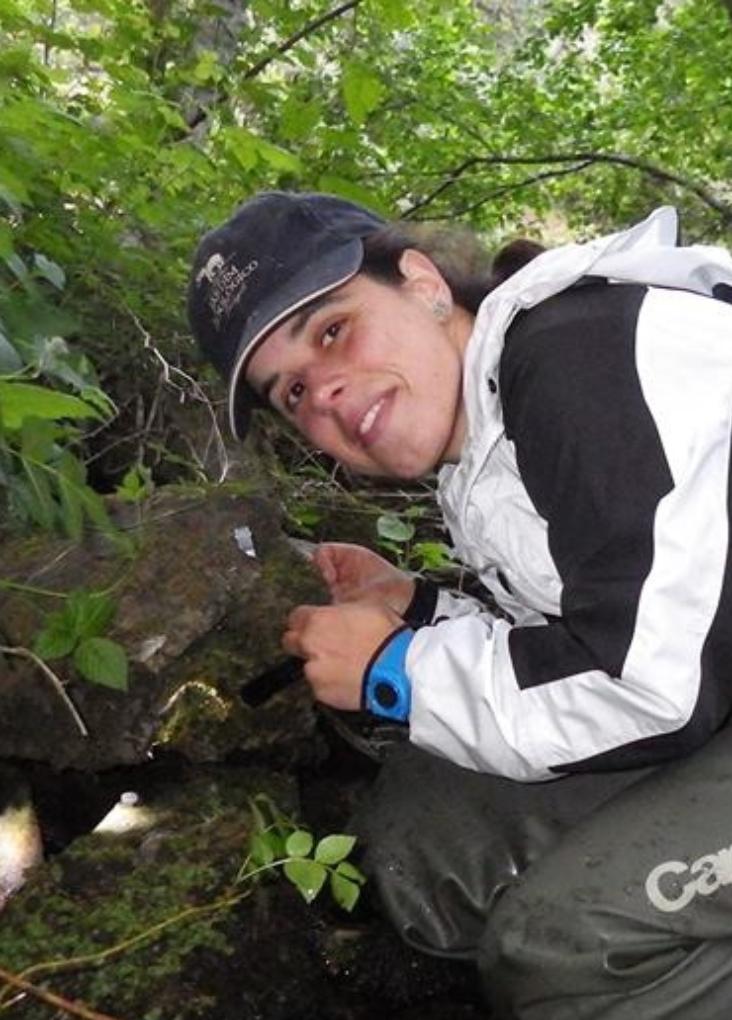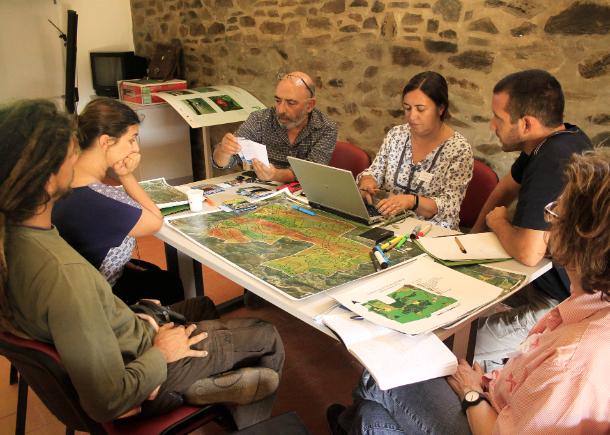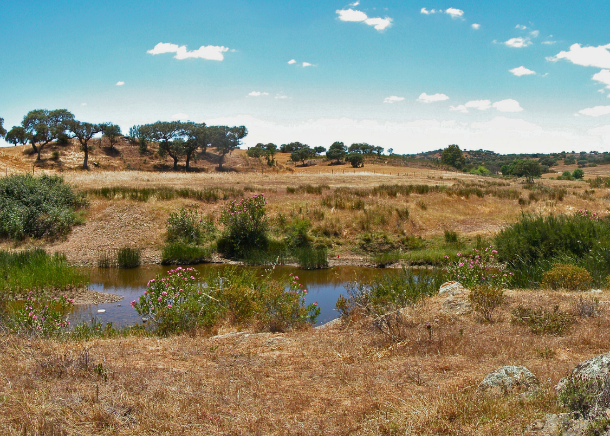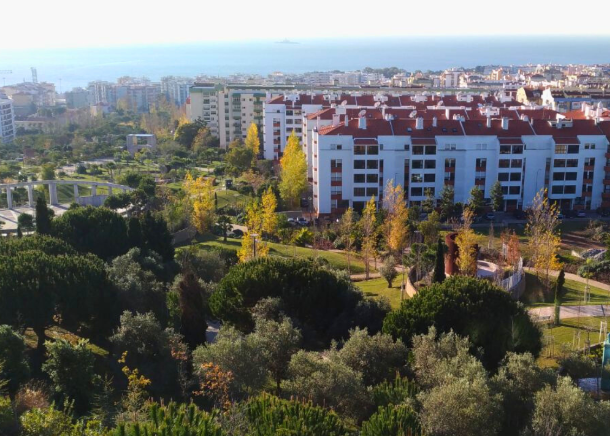
Summary:
Urban green infrastructure is now well recognized as a means to make cities healthier, more attractive and more responsive to the needs of citizens. Urban green infrastructure delivers essential ecosystem services such as cooling cities during heat waves, clean air, green recreation spaces, protection against flooding, or enhanced mental and physical health. Urban green infrastructure and the services and benefits it delivers are underpinned by ecosystems and biodiversity. Yet, urban biodiversity and urban ecosystems are often overlooked in global, European or national biodiversity strategies. Urbanization is mostly regarded as a threat to biodiversity. However, the potential of cities to help protect biodiversity and ecosystem services is likely underestimated. Cities are poles of creativity, innovation, and leadership. It follows that also cities can help achieve biodiversity goals and targets. This potential cities have is currently underestimated.
This project aims at enhancing the use of green infrastructure in urban contexts, with a view to contribute solving many challenges cities currently face. A further goal is to increase scientific knowledge and improve knowledge sharing, tools, methods and innovative approaches to enhance biodiversity and the planning and implementing of green infrastructure. The project will improve civil society participation in decision-making, leading to building a joint vision of the green city of tomorrow shared among civil society, scientists and policy makers.
The following questions are addressed:
- Why is urban green infrastructure important? What are the links between urban biodiversity, urban ecosystem services and well-being?
- Is a rich and healthy urban biodiversity important for citizens and other stakeholders? How can citizens monitor biodiversity and contribute to target setting as regards urban biodiversity?
- How can urban green infrastructure be designed and managed to maintain and enhance urban biodiversity and ecosystem services at local and regional scale and thus contribute to EU biodiversity targets?
Funding Institution:
European Parliament pilot project (funding institution) implemented by the Joint Research Centre and DG Environment of the European Commission.









